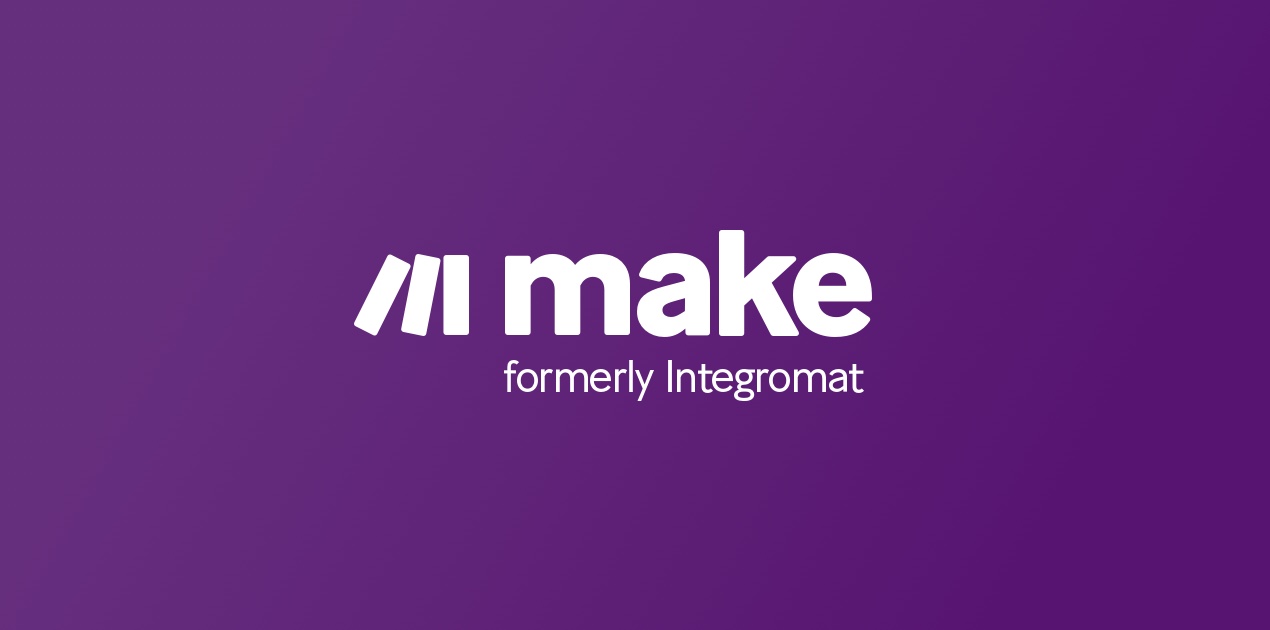Retrieval-Augmented Generation (RAG)
Retrieval-Augmented Generation (RAG) is a technique enhancing language models by integrating external data during the response generation process. This method helps provide more factual and contextually accurate responses by combining the creative abilities of language models with the reliability of curated data.
How RAG Works
RAG works by incorporating external data sources like structured, unstructured, or semi-structured datasets during the generation process. This includes using databases such as vector databases, document stores, or knowledge graphs. Among these tools, knowledge graphs are particularly effective as they map real-world entities and their interrelations intuitively, which improves data relevance and explainability in responses.
Challenges in Implementing RAG
A primary challenge in implementing RAG is the seamless integration of these various data types to answer queries effectively. This requires robust systems that can handle the complexity of fetching and integrating data from multiple sources efficiently. Tools from various platforms, including open-source and proprietary technologies like Neo4j, facilitate quick setup and implementation of graph-based data structures that support RAG systems.
Benefits of RAG
RAG opens the door to more intelligent and context-aware systems in various applications, from chatbots to complex analytical tools, ensuring that responses not only mimic human-like interactions but are also grounded in factual accuracy.
Thank you for reading!

